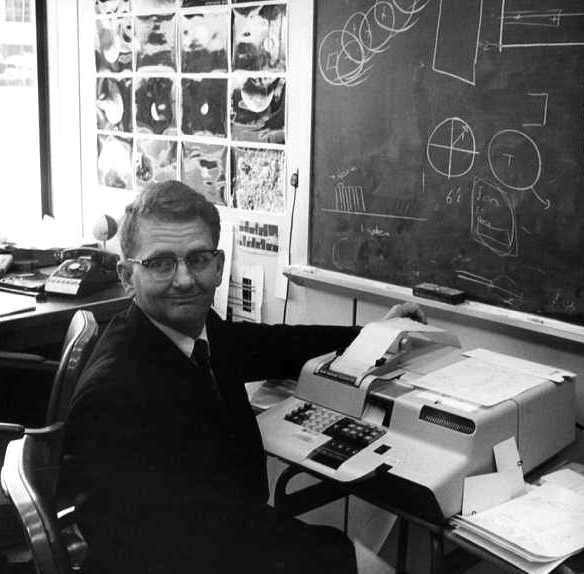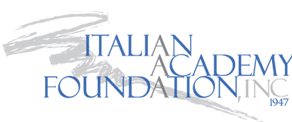A NYC Exhibit Celebrates 50 Years of Italian Technology
Beginning November 13th, a twelve day celebration of Italian technological contributions took place at the Italian Cultural Institute in New York City. Make In Italy: 50 years in Italian Breakthroughs celebrates the past 50 years of technological contributions made by Italians, the past five decades.
In 1965, a group of Italian engineers that worked at Olivetti, a manufacturer of computers, tablets, smart phones, and other technological devices, created Programma 101 (P101). They began their journey in the small town of Pisa, but ended their venture in America. Programma 101 was the first commercial desktop computer, and the project, led by Pier Giorgio Perotto, was so successful that NASA bought the program and used it for the first mission to the moon. The engineers at NASA successfully used Programma 101 for the Apollo 11 mission, and medical teams in hospitals also started using the new computer during operations.

Another landmark development celebrated at this event was the 2015 experiment ISSpresso, the first system for brewing espresso in outer space. It was introduced in 2015 by Lavazza and Argotec, who have been working with the Italian Space Agency to bring coffee to space. The device can brew coffee, tea, broth, and other hot beverages. With this machine, astronauts can still experience the comforts of home while very far off in the galaxy.
“Our aerospace engineers have designed a new-concept coffeemaker, which is safe for the astronauts and able to function in microgravity conditions, also thanks to Lavazza’s experience as a leader in capsule extraction systems,” David Avino, Managing Director of Argotec, stated, according to Lavazza.com. On May 3rd, Samantha Cristoforetti, an Italian Astronaut, brewed the first coffee in micro gravity history. Only then were the inventors positive that the machine worked in outer space.

The exhibition featured other technological developments such as Federico Faggin’s chip intel 4004. Faggin created the word’s first chip Intel in 1971, and was so enthused by his discovery that “he signed [the chip] with his initials FF, as if it were a work of art,” Maria Teresa Cometto, organizer and curator of the exhibition, stated according to america24.com. Ricardo Luna is also a curator of the event.
Before the show arrived in New York City, it made appearances at Rome’s Maker Faire and at the Museum of Science and Technology and the Expo in Milan. The exhibition not only features inventions of the past, but provides inspiration for future Italian inventions.
Marisa Wherry
